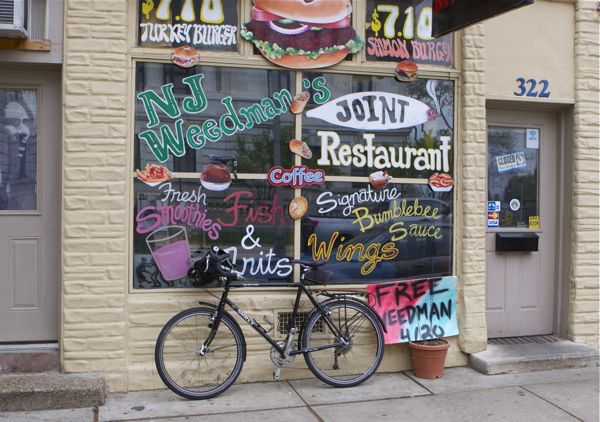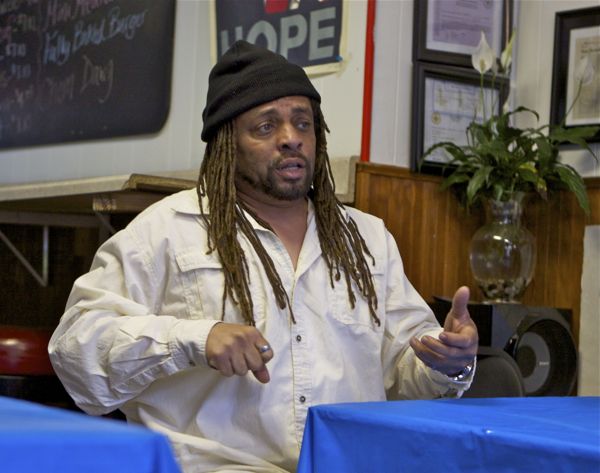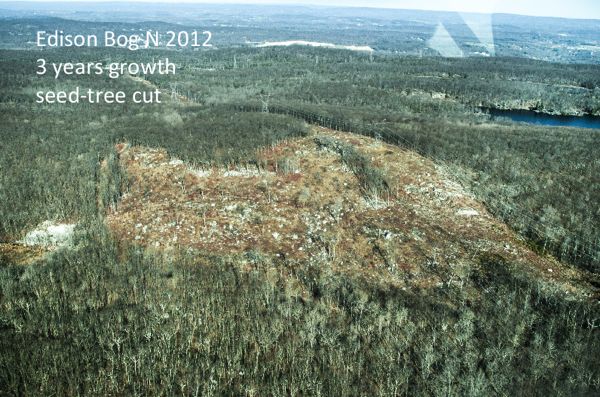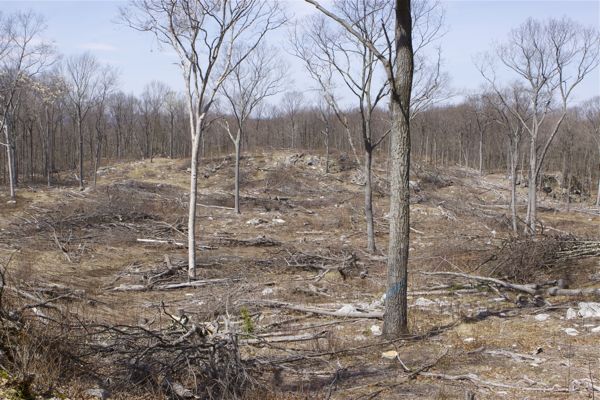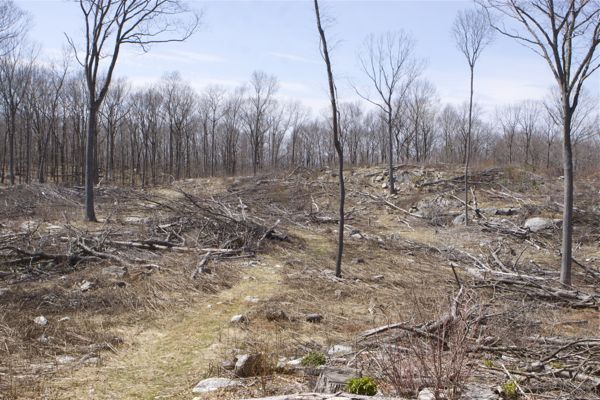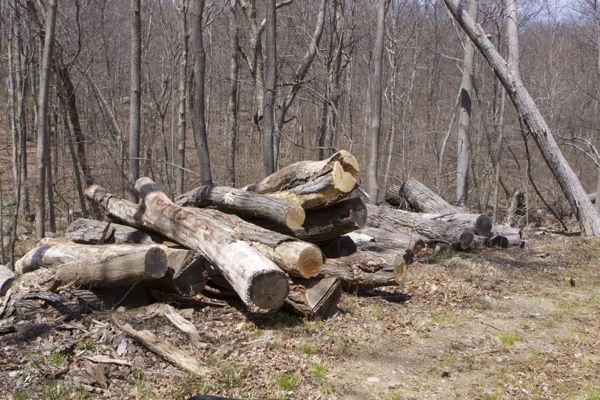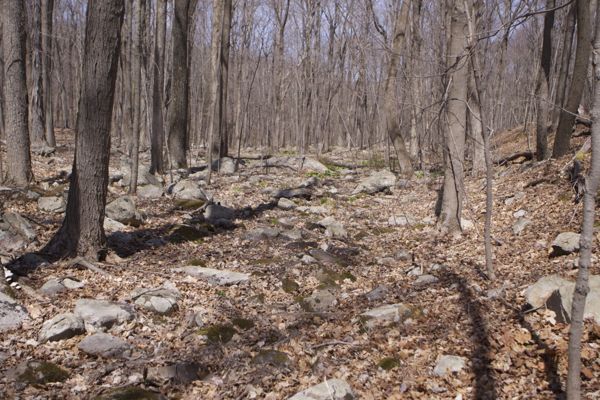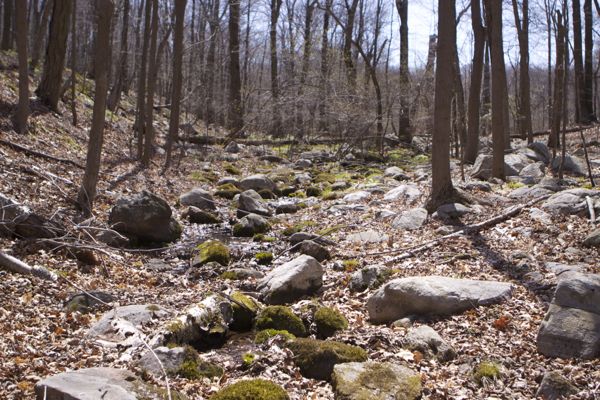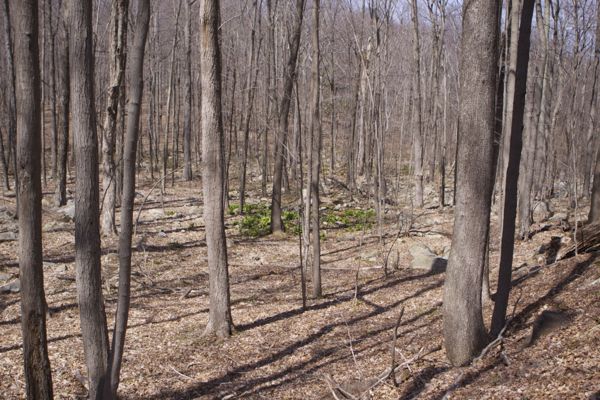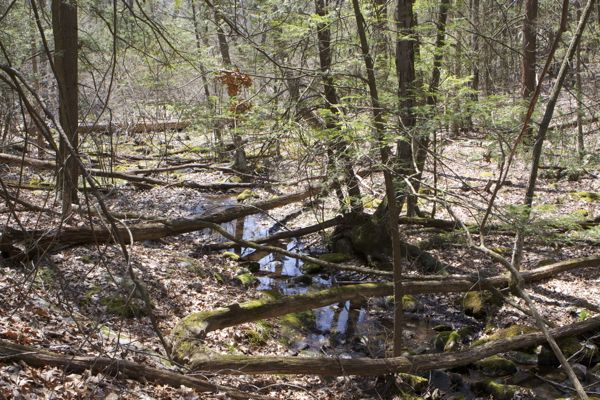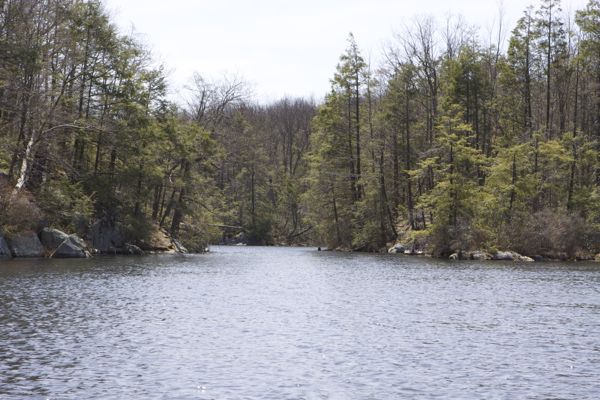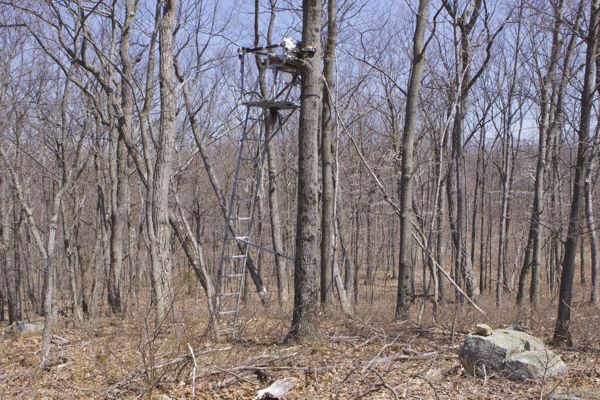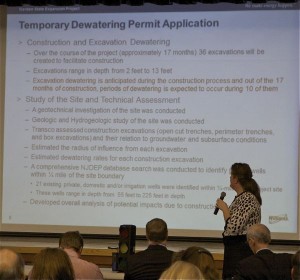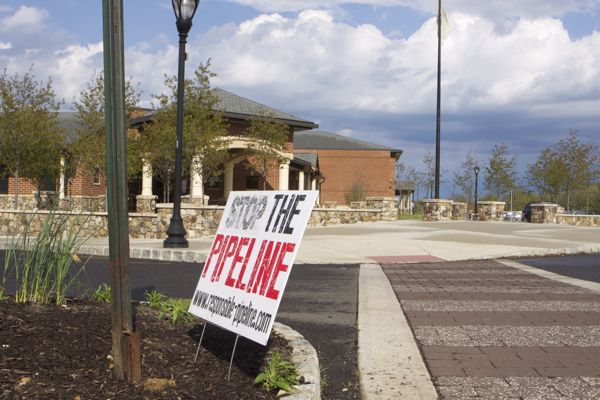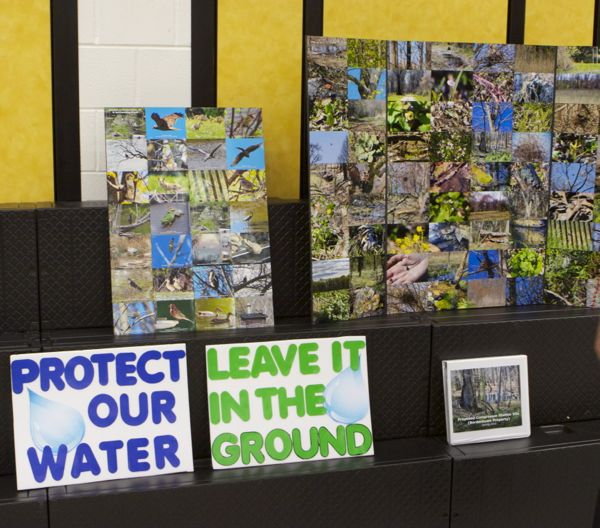Support The Weedman –
Weedman’s Joint in Trenton Builds Community and is an Oasis in an urban sacrifice zone
[Update: 6/16/16 – The Trenton Times finally gets the story – which, as we originally wrote, is about a good man who provides a special place in the community suffering retaliatory police harassment and a racist criminal justice system and sham war on drugs. The Trenton police should be ashamed, see:
[Update 5/20/16 – this case is getting even more absurd with new trumped up charges and police harassment – fuck the Trenton police:
- ‘Butthurt’ Trenton police officer arrests NJ Weedman for cyberbullying; ACLU bashes charges
- ‘NJ Weedman’ welcomes his upcoming day in court ~~~ end update]
I first became acquainted with Rob “Ed” Forchion, better known as “NJ Weedman”, through a group of friends who were outraged by the shameful death of a homeless man in the Burlington County jail, see:
I later met Ed personally last year and was treated to a tour upon opening of his Trenton restaurant, The Weedman’s Joint.
We stayed for a meal and discussion of his Trenton work – at that time focused on providing healthy food at reasonable prices to an abandoned community living in a food desert, with limited access to fresh fruits and vegetables and good food.
The Weedman is a fine and principled man with a broad vision. He is a longtime savvy, learned, and articulate advocate and activist not only for the legalization of marijuana, but for people oriented community revitalization.
So, I was disgusted to read last week that the Trenton police – in full military assault gear – raided The Weeedman’s Joint and arrested him and several others on possession and distribution of pot charges.
That outrageous abuse of police authority has garnered critical press coverage over the last few days, see this.
On Friday, I went to the Weedman’s Joint to attend an impromptu press conference Weedman held to explain what exactly went on. From the facts that are sure to come out, Weedman will show that the police were harassing him, filed false police reports, and retaliated for a lawsuit he filed against them.
Today, the NJ papers ran a profile, see:
But the news coverage and personal profile story whitewashed (pun intended) the real story and issues involved.
This is not just a story about a lone individual activist seeking decriminalization of pot.
Weedman’s story fits the much larger story of how a racist criminal justice system persecutes black men, and the role of the failed War On Drugs, told by Michele Alexander in her groundbreaking 2010 book, The New Jim Crow – Mass Incarceration In the Age of Colorblindness:
The New Jim Crow is a stunning account of the rebirth of a caste-like system in the United States, one that has resulted in millions of African Americans locked behind bars and then relegated to a permanent second-class status—denied the very rights supposedly won in the Civil Rights Movement. …
As the United States celebrates its “triumph over race” with the election of Barack Obama, the majority of black men in major urban areas are under correctional control or saddled with criminal records for life. Jim Crow laws were wiped off the books decades ago, but today an extraordinary percentage of the African American community is warehoused in prisons or trapped in a parallel social universe, denied basic civil and human rights—including the right to vote; the right to serve on juries; and the right to be free of legal discrimination in employment, housing, access to education and public benefits. Today, it is no longer socially permissible to use race explicitly as a justification for discrimination, exclusion, and social contempt. Yet as civil-rights-lawyer-turned-legal-scholar Michelle Alexander demonstrates, it is perfectly legal to discriminate against convicted criminals in nearly all the ways in which it was once legal to discriminate against African Americans. Once labeled a felon, even for a minor drug crime, the old forms of discrimination are suddenly legal again. In her words, “we have not ended racial caste in America; we have merely redesigned it.”
The Weedman’s story also illustrates the abuse of power related to the militarization of local police forces.
It seems like the Trenton police Department didn’t get the memo. The memo about the New Jim Crow repression and the one about the inappropriate militarized tactics.
One doesn’t need to follow the American Civil Liberties Union or the Black Live Matter Movement to understand the implications.
According to journalistic icon Bill Moyers:
The “war on terror” has come home — and it’s wreaking havoc on innocent American lives. The culprit is the militarization of the police.
The weapons that destroyed Afghanistan and Iraq have made their way to local law enforcement. While police forces across the country began a process of militarization — complete with SWAT teams and flash-bang grenades — when President Reagan intensified the “war on drugs,” the post-9/11 “war on terror” has added fuel to the fire.
Through laws and regulations like a provision in defense budgets that authorizes the Pentagon to transfer surplus military gear to police forces, local law enforcement agencies are using weapons found on the battlefields of South Asia and the Middle East.
But, in a larger sense, the most outrageous aspect of Weedman’s story relates to what Chris Hedges has called capitalism’s urban post-industrial “Sacrifice Zones”:
There are forgotten corners of this country where Americans are trapped in endless cycles of poverty, powerlessness, and despair as a direct result of capitalistic greed. Journalist Chris Hedges calls these places “sacrifice zones,” and joins Bill this week on Moyers & Company to explore how areas like Camden, New Jersey; Immokalee, Florida; and parts of West Virginia suffer while the corporations that plundered them thrive. WATCH
Weedman’s Joint is a community oasis – he brings healthy food, a safe place to hang, and a place for the community to engage in various vitally important cultural, artistic and political projects.
During the brief time I was there, I met people engaged with community gardens, murals, music, art, food, immigration, and urban community revitalization, as well as decriminalization of pot and criminal justice reform.
The Weedman’s Joint is pioneering exactly the kind of community places we need to restore democracy, create space for the artistic community and alternative ways of life, to push back against neglect and abandonment by government and disinvestment, and to fight racist police practices and criminal justice policies.
All people of good faith need to rally around and support The Weedman and the project he has embarked upon in Trenton, NJ’s State Capital.
